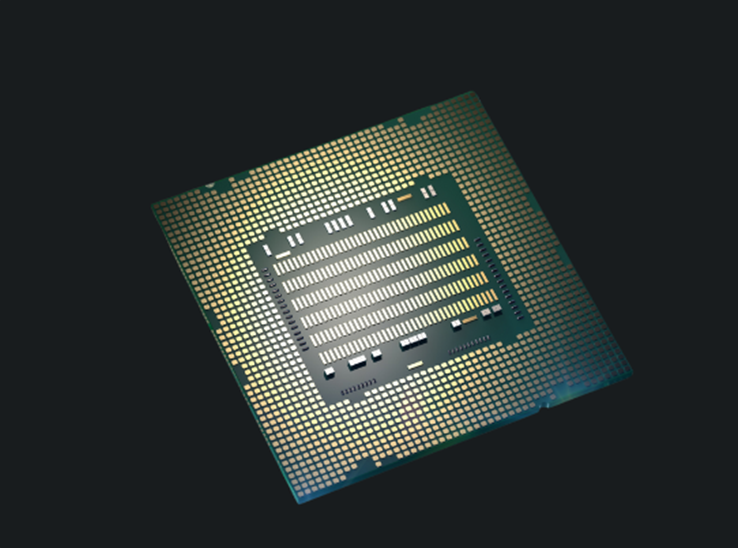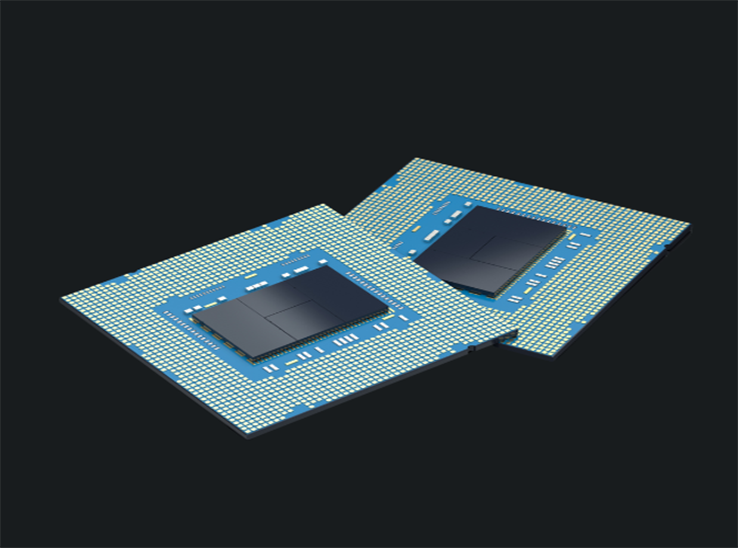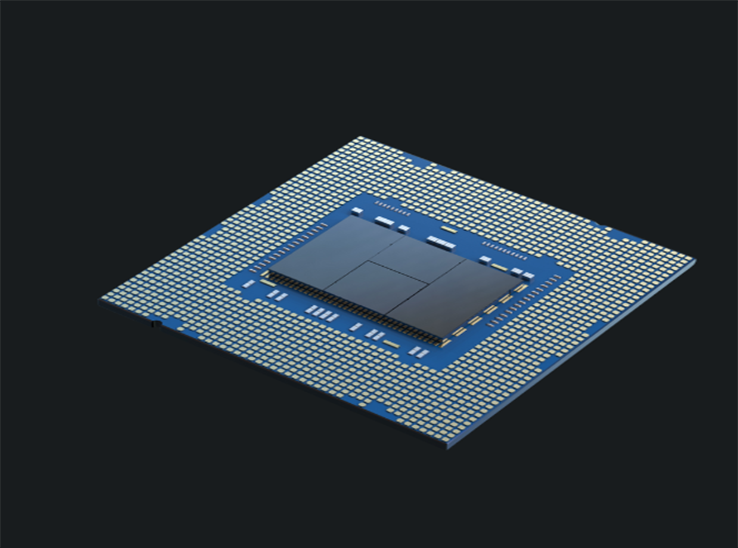Next-Gen Scan & ATPG Verification: Machine Learning and Hybrid Approaches

Introduction
Scan and Automated Test Pattern Generation (ATPG) verification are at the heart of ensuring high fault coverage in complex ICs. Recent advances in machine learning and hybrid ATPG techniques are pushing the boundaries of what’s possible in test generation and fault analysis.
The Role of Scan in Modern SoCs
Scan design involves inserting scan chains into the design, enabling the observation and control of internal nodes during testing. As SoCs grow in size and complexity, efficient scan design is crucial for achieving high test coverage without excessive overhead.
ATPG: From Deterministic to Hybrid Approaches
Traditional ATPG tools generate deterministic patterns to target specific faults. However, as fault models become more complex, hybrid approaches that combine deterministic and random pattern generation are gaining traction.
Deterministic ATPG: Ensures thorough coverage of modeled faults.
Random ATPG: Complements deterministic patterns by uncovering unmodeled or unexpected faults.
Machine Learning in ATPG
Machine learning is transforming ATPG by enabling smarter pattern generation and fault analysis:
Pattern Optimization: ML algorithms analyze past test results to generate more effective patterns, reducing test time and data volume.
Fault Prediction: Predictive models identify likely failure sites, allowing targeted testing.
Case Studies: Real-World Benefits
Companies adopting ML-driven ATPG have reported:
Increased fault coverage.
Reduced test application time.
Lower test costs and improved yield.
Conclusion
The future of scan and ATPG verification lies in hybrid methodologies and machine learning. These innovations are essential for meeting the demands of today’s high-performance, low-power SoCs.
Powered by Froala Editor



